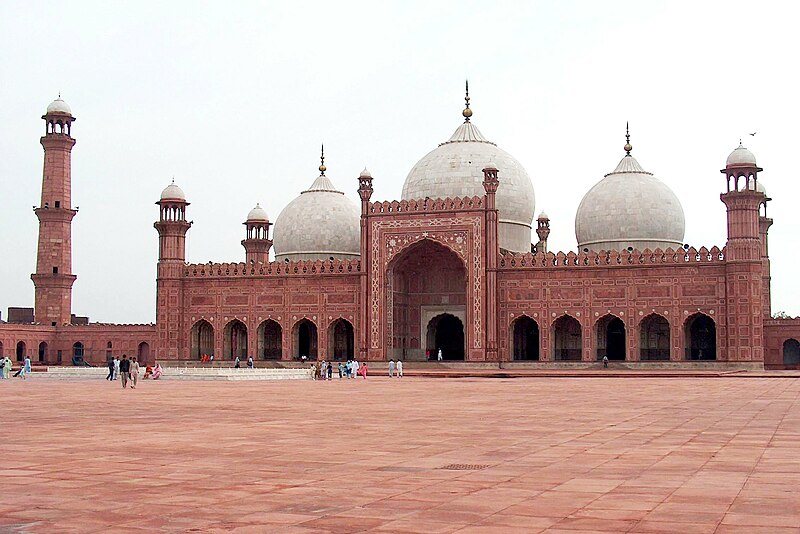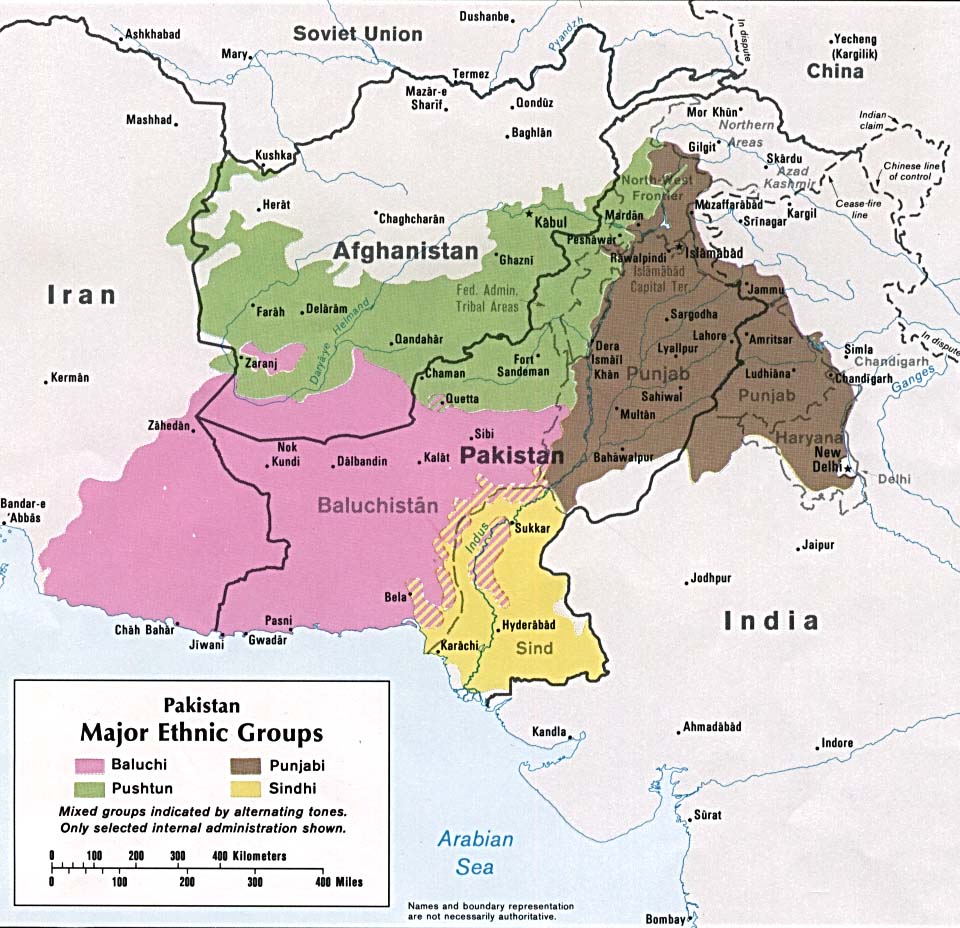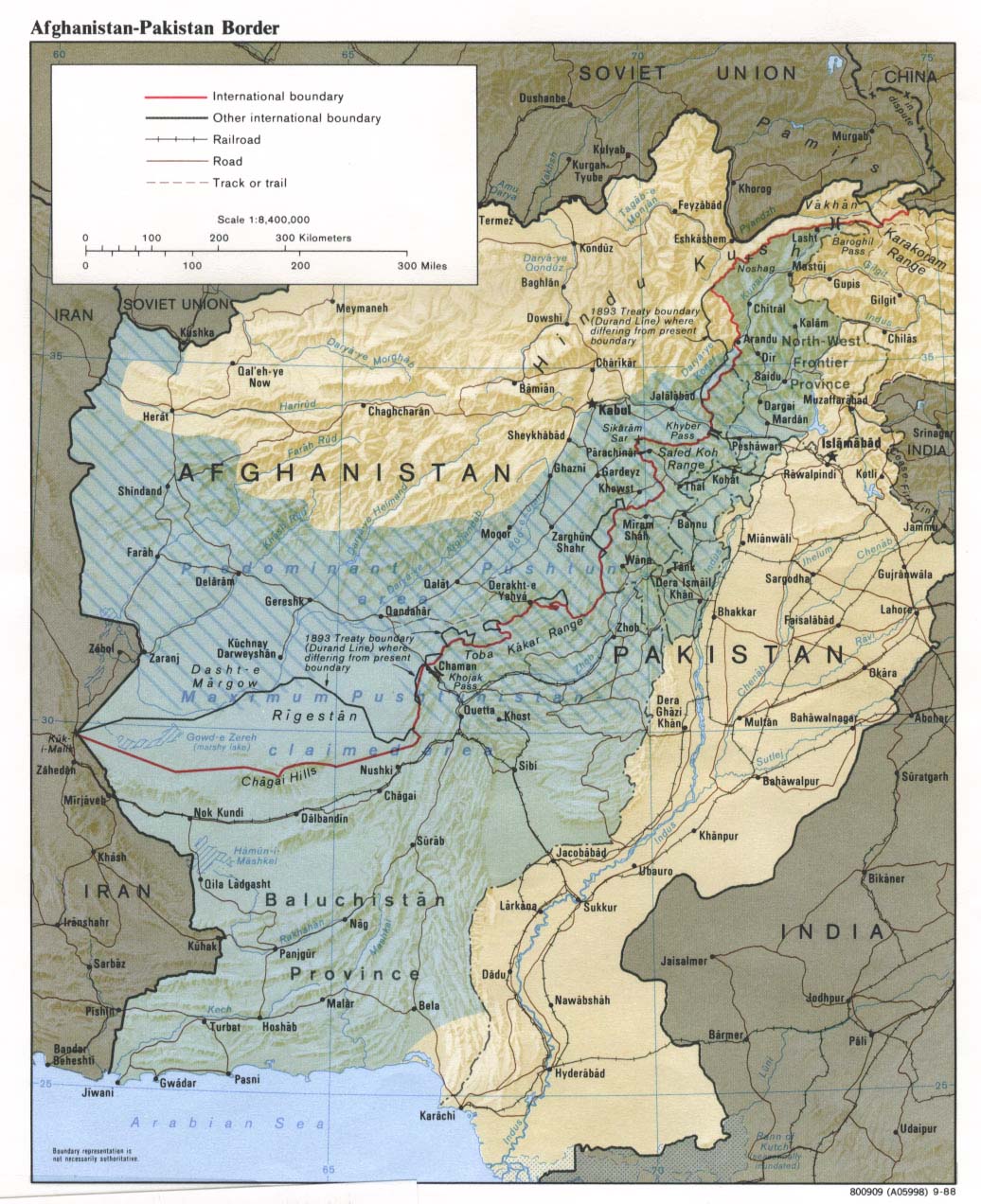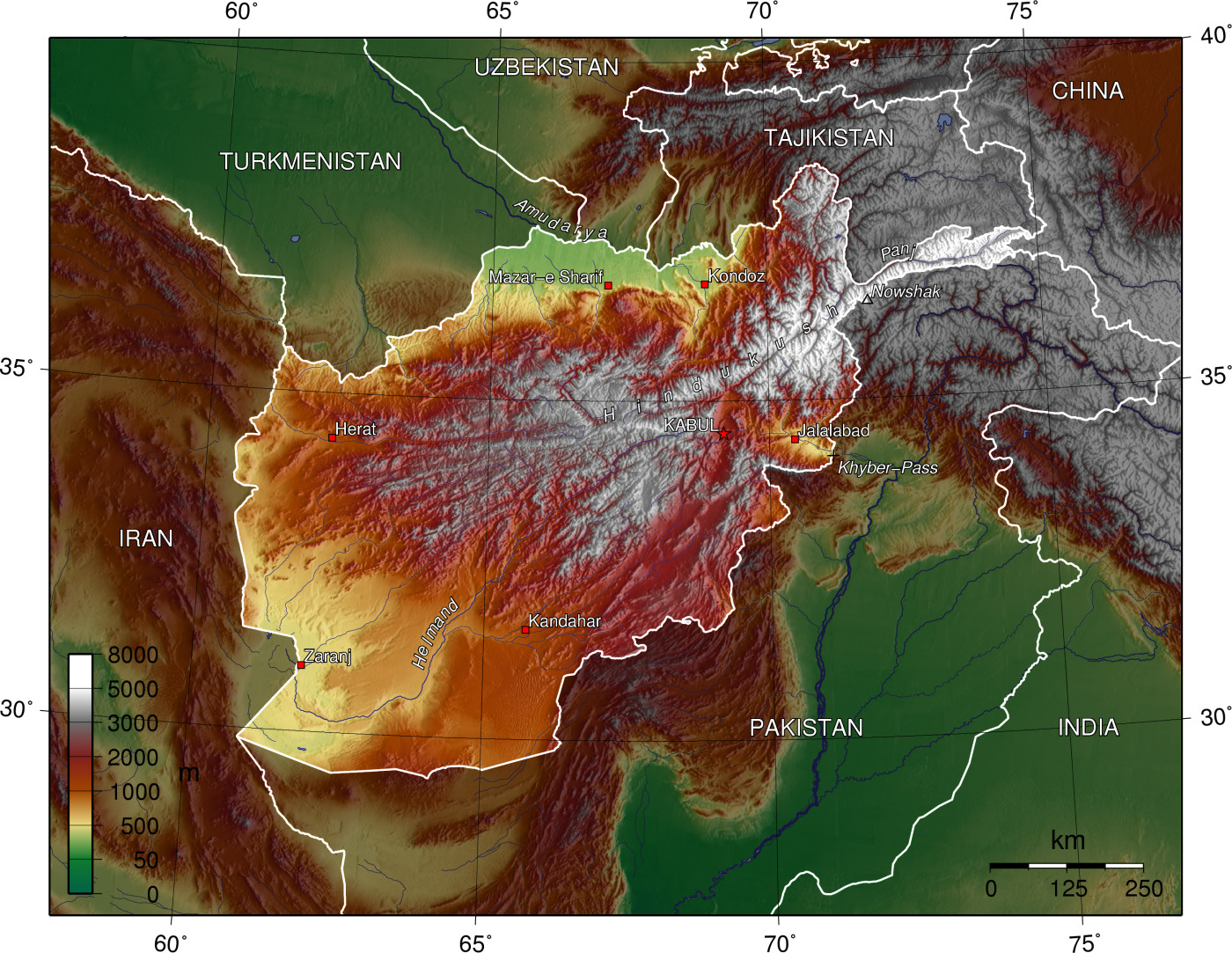[References to be added; comments and corrections will be acknowledged.]
NB: this article is pending serious revision. The present version will be kept available for archival purposes but there are several serious etymological considerations why Romani is a doubtful source for B. paotr, and why an Alanic origin has apparently insurmountable phonological difficulties. Whitley Stokes presented a case for an Old French origin *paltr > pautre but further research is required into the validity of its supposed Germanic origin. I will propose that it could instead have been borrowed into Old French from Domari during the Crusades, following my original theory, as there remained until modern times a so-called “Gypsy” (i.e. Dom) quarter in Jerusalem. It could then have been passed to Breton, although there may be some slight chance it was also borrowed directly by a Breton contingent in the French army. Domari is now seriously endangered. Domari and Romani are related, but not perhaps as closely as was formerly believed.
New changes are now noted in bold.
Words in the three Brythonic languages that start with the letter <p> always arouse my interest when it seems clear that they are neither (1) words that had an initial /kw/ in Common Celtic that became /p/ in certain dialects including Brittonic, e.g. Ir. ceann, WCB. pen(n) < Britt. *kwenn, nor (2) Latin or other loan words. This is because original /p/ in Celtic was lost, e.g. Ir. íasc “fish”, W. ŵysg “Usk” (river), W. pysg “fish” (loan) < L. piscis. As a consequence, they tend to stick out like a sore thumb as loan words of one origin or another. I realised in 2002 that two words in Breton seem to fall into this category, and wrote a highly speculative piece in Keleier Breizh / Newyddion Llydaw, vol. 32 (August 2002), about the first of these two words.
Paotr “boy”
This Breton word normally means “boy” or “lad” and after a possessive can sometimes mean “son”, which is to say that ma faotr can be effectively equivalent to ma mab; lastly it can mean just “man”, especially in the plural paotred, where it is used as the plural of den where this means “man” rather than “person”. (The words gour and gwaz are relatively rarely used to mean simply “man” in the general, everyday sense.) It is, of course, an extremely commonly used word in everyday speech.
As well as the problem mentioned above, this word also contains the medial consonant group /tr/, which should always otherwise have been voiced to /dr/ in native words. That it has not is a sure sign that the word is a loan word, after lenition had already occurred.
As an ethnic Punjabi who speaks Breton, Welsh and Cornish (but not Punjabi or Urdu except for a few isolated words), a strange realisation came to me that I think very few people would have been in the position to come to. Now, I’m not in any way trying to suggest that there are any Punjabi loan words in Breton! That would be astonishing, not to say surreal: taking the self-effacing Indo-Pakistani joke about the older generation saying that “everything is from India” just a little too far! What I noticed was that there is a strong similarity, nonetheless, with the Punjabi word putr “son”, “boy”. (The Urdu/Hindi word is beta, and my experience is that it tends to be spoken by Punjabis in a less emotionally charged manner.) My father, when he was calling to me or my brother affectionately in his usual, expansive style – usually from the other side of the house – would call out our names, pause, and then loudly call mera putr! “my son” when he felt that we hadn’t answered suitably instantaneously. At other times he would use it as an affectionate term in a slightly less loud way, out of love, pride or both.
In my short speculative article “Ur ger brezhoneg eus Brezelioù ar Groaz”, my suggestion was that the word might have somehow been borrowed from a language related to the North Indic group of Indo-Aryan languages during the Crusades. In hindsight – I was only 25! – this was an obvious and clear mistake, since the mechanism by which it could have reached Breton would be very far-fetched. By which language, perhaps no longer extant and inexplicably removed from North India, did it get transferred? [Editor’s subsequent note: there remains a so-called “Gypsy” quarter in Jerusalem, and in consideration of this point, it is no longer to be considered at all far-fetched that it could reach Breton, probably via Old French.] Very soon after I published this, my friend Matthew Spikes in Aberystwyth answered this very simply and effectively: through one of the dialects of Romani. I should have realised thought of this myself, of course, and have been kicking myself ever since!
As you may know, Romani (or Romany) is considered to have travelled from India to Europe via the an area in which it is still most common, Romania, Bulgaria, and the Balkans, at some time prior to the invasion of the Greek Byzantine Empire in Anatolia (modern Turkey) by the Ottoman Turks, who brought Islam to Turkey. It is not, needless to say, related to Romanian, which is a Romance language descended from Latin, perhaps incorporating a Dacian substrate and certainly being affected by neighbouring languages such as Greek, Slavic, Turkish and Hungarian. The similarity of their names is coincidental, because Romani derives from their word Rom “a Romani man”, and the confusion remains a source of political and ethnic strife between the two. (Of course, the name Romania is derived from L. romanus “a roman”.) The reason that Romani cannot have not travelled to Europe after this time is the lack of loanwords from Turkish or Arabic, whereas it is my understanding that it has Persian, Armenian and Greek loanwords, amongst others. Some Romani groups are called Sinti, which appears to recall the name of the Sindhi language, which in turn means more or less “of the river Indus”. This form with initial /s/ is the native form of the river name and the associated province Sindh, where my father was born and where he lived as a boy in Sukkur, whereas the Urdu/Hindi/Hindustani word Hind “India” and the derived words Hindi and Hindu that have been borrowed into English are from the Iranian form with initial /h/. [The name Sinti may only be coincidentally similar? To be discussed.]
I must add the disclaimer that I am not, by any means, an expert in Indic languages, and all of my comments here must be considered in the light of that understanding. My knowledge is either familial or has been acquired in a rather piecemeal manner.
It must be said that the word for “boy” is not now putr in at least the majority of Romani dialects, if any. It must be said that the word for “boy” is not putr in all Romani dialects. [Editor’s later note: there may be no such word in modern Romani: did it exist in early Romani, as it does in Domari?] There are forms similar to chavo, from which it is said we borrowed the English chav, which has recently come to have a rather tawdry connotation. Romani dialects are highly diverse, having spread out over Europe some considerable time ago. I don’t know enough to say for sure, from my limited reading, but perhaps it might be fair to say that it is surprising that they are not more diverse than they are.
There is also a so-called “archaic” (i.e. conservative) Indic language called Domari that spread out from India in a similar way to Romani, but apparently never made it to Europe from the Middle East, as well as the Jakati language (also Jataki, Jati) spoken in parts of North India, Afghanistan and – surprisingly far away! – in the Ukraine. These are also very diverse, and are split into various distinct groups. I’m not sure what their word for “son” is, as there seems to be very little information easily available about them. The Domari word for “son” is also putr, which makes it a candidate for the Crusader theory, although the mechanism for its transfer to Breton is still rather far-fetched. The case is even weaker for the Jats, who it seems certain were never present in the Middle East in any significant numbers and, I think, are a sufficiently unlikely source to be safely discounted, given their geographic and historical distribution. [Need to clarify about the different kinds of Jats and the relationship to the language name. Point out that the Ukraine is separated from the Middle East by the Black Sea and Anatolia, and that it equally provides no direct source for W. Europe.]
Before this theory leaves the realm of speculation, however, it will first need to be demonstrated that the kind of Romani spoken historically in Brittany, and more widely in France and in Western Europe, included the word in a form that is compatible with the Breton word as we have it. To my knowledge, no other etymology for paotr has been suggested. If anyone has a better one and this is all simply coincidence, I will happily eat my words. [NB Whitley Stokes suggested OFr. *paltr > pautre – to be discussed in further post. Thanks to Guto Rhys for reminding me of this.]
[8/1/2010] Alex Woolf of the University of St Andrews points out to me that there were considerable settlements of Alans, an East Iranian people from whom the Ossetians are descended, in Armorica during the 5th and 6th centuries, the same period that it was settled by Brythonic speakers from Great Britain. Given Avestan and Sanskrit putra, any Indic or Iranian language that was in direct contact with Armorica in this period needs to be carefully considered as a possible alternative source. There are place-names in Brittany that contain the common name Alan, which seems to show their significant influence during the period. Clearly, further work will be required to clarify this.
[9/1/2010] Prof. Nicholas Sims-Williams has informed me of two early Alanic sound changes that seem to make this hypothesis rather dubious, though not wholly impossible. It is difficult to see that any other Iranian language can provide a better origin theory, unless there are any other undocumented Iranian groups that settled in Armorica like the Alans. It seems unlikely that the Romans would have failed to comment on this in the period in question. [To be discussed in further post.]
Plac’h “girl”
This word is the equivalent of the above, the common word for “girl” and occasionally used to mean “daughter”, especially after a possessive, e.g. ma flac’h “my daughter”. The plural plac’hed can occasionally be substituted for merc’hed, which normally means “daughters”, where both of these can also convey the sense “women”. The latter is comparable to the identical use in Welsh, where merched means “daughters” and “women”. However, the word plac’h starts with <p>, is not a Latin loan, and does not appear to be a plausible native word for the reasons set out at the beginning of this post.
What, then, is the origin of this word? I suggest that, during the period in which there were substantial Irish settlements in Wales and Cornwall and probably sporadic ones in Brittany, the word was borrowed from OIr. fracc “wife”, “woman”, whose Brythonic cognates are W. gwrach, B. gwrac’h, C. gwragh “witch”, “hag” (also the related forms W. gwraig, B. gwreg, C. gwrek “wife”, “woman”, “lady”). The initial <p> would then be a hypercorrect de-spirantisation based on the phrase OIr. mo fracc > B. ma flac’h, where the lateral liquid consonant /l/ has replaced the similar liquid rhotic /r/.
The word plac’h is unusual in Breton, and in the Brythonic languages, because it is the only feminine word that is not lenited after the definite article, hence ar plac’h “the girl” is correct despite breaking the usual rule, and adjectives are frequently unlenited even where the sandhi rules would not normally prevent it. This is effectively optional, possibly because it has been sporadically restored by analogy. I suggest that this is strong circumstantial evidence for the etymology, as lenited **ar blac’h has never been created by a further process of analogy.
Again, to the best of my knowledge no etymology has ever been found for this word. If anyone presents a better one, again, I will happily eat my words.
[8/10/2010] Dr Simon Rodway points out to me that the Brythonic change /kk/ > /x/ probably preceded the Goidelic change /w/ > /f/ in *wracc > *fracc (although these changes happened at a similar time and occurred quite gradually). If so, this might present a small problem, but I will provisionally and tentatively suggest that, since the only similar final consonants in Brythonic were by this time voiced /g/ and spirant /x/ and the Irish long (or double) /kk/ would have been a strange sound to their ears, the latter might have been a more obvious choice as a sound substitution. The alternative /g/ is distinctively different, being a voiced sound, which could explain why we do not see Br. **frag instead. Although I initially wondered if ongoing contact between speakers of the two language groups might create a long-term awareness that Br. /x/ and OIr. /kk/ were equivalent, the problem is that this could equally be argued for initial Br. /gw/ versus initial Goid. /w/ > /f/, which would instead lead to Br. gwrach being used in this sense, undermining the very motivation for the loan. It seems better to seek better defined mechanisms such as sound substitution and specific processes of analogy.
Clearly, further supporting evidence needs to be brought to bear on this example, both on the above points and the substitution of /l/ for /r/.




 by
by 








